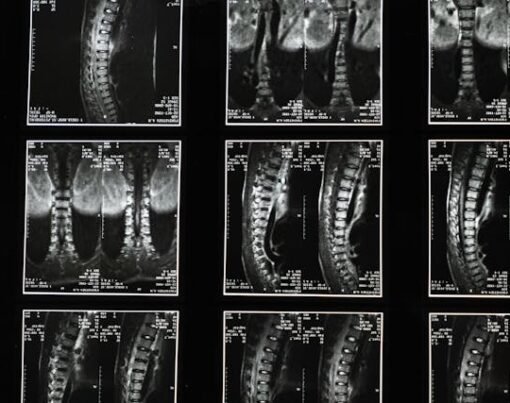Rehab, it’s a scary word for many, conjuring up images of long stays at expensive clinics coupled with the heavy financial burden that comes along with them. But what if we told you that this understanding of rehab could be outdated and often wholly inaccurate? Here, we’ll provide an insider’s look into the costs associated with rehab and how to make sure that your treatment is both safe and affordable. Read on to find out how much rehab costs so you can undergo the process without worrying about breaking the bank.
Table of Contents
Type of Rehabilitation Program
The cost of rehab largely depends on the type of program you choose. Inpatient or residential rehab programs tend to be more expensive compared to outpatient programs. Inpatient programs involve round-the-clock care, accommodation, meals, and various therapeutic activities, which contribute to the higher cost. Outpatient programs, on the other hand, provide treatment during scheduled sessions, allowing individuals to live at home. These programs are generally less expensive but may require more self-discipline and support from family and friends.
Duration of Treatment
The longer the treatment program, the higher the cost. The duration of treatment varies depending on the severity of the addiction and the individual’s progress. Short-term programs, such as detoxification, typically last a few days to a couple of weeks, while long-term programs can span several months. It is essential to discuss with the rehab facility to determine the most suitable treatment duration for your specific needs.
Facility Amenities
Rehabilitation facilities offer various amenities and accommodations that can significantly impact the cost. Luxury or high-end rehab centers often provide private rooms, upscale amenities, gourmet meals, and additional recreational activities. These facilities aim to create a comfortable and serene environment for individuals during their recovery journey. While these amenities can enhance the overall treatment experience, they also come at a higher cost. On the other hand, more basic rehab facilities may provide shared rooms and simpler amenities at a lower price point.
Location
The geographic location of the rehab center can influence the cost as well. Rehab facilities situated in popular tourist destinations or metropolitan areas tend to be more expensive compared to those in rural or less densely populated areas. Factors such as cost of living, facility overhead expenses, and demand for services in a particular area can contribute to price variation. It is important to consider the location carefully and find a balance between affordability and the quality of care provided.
Medical Services and Therapy
Rehabilitation programs often include a range of medical services and therapy options tailored to meet the individual’s needs. Medical services may include detoxification, medication management, psychiatric evaluations, and regular health check-ups. The cost of these services can vary depending on the complexity of the individual’s condition and the level of medical supervision required. Therapy options may include individual counseling, group therapy, family therapy, and specialized therapies like cognitive-behavioral therapy or art therapy. Each therapy session or intervention may incur additional charges.
Aftercare and Relapse Prevention
Recovery does not end with the completion of a rehab program. Many facilities offer aftercare services to support individuals in their transition back to daily life. These services can include continued counseling, support group meetings, relapse prevention programs, and access to alumni networks. While these services are invaluable for maintaining long-term sobriety, they can add to the overall cost of treatment. It is important to consider the availability and cost of aftercare when evaluating different rehab options.
Insurance Coverage and Financial Assistance
It is worth noting that the cost of rehab can be partially covered by health insurance plans. Many insurance providers offer coverage for substance abuse treatment, including inpatient and outpatient programs. However, the extent of coverage may vary depending on the specific insurance plan and the rehab facility’s acceptance of insurance. It is essential to contact your insurance provider to understand the details of your coverage and verify which facilities are in-network. Additionally, some rehab centers offer financial assistance or sliding-scale fees based on an individual’s income or financial situation, making treatment more accessible.
Of course, no two people have precisely the same financial situation or requirements when it comes to treatment. Thus, it is important to explore any and all treatment options available to find an option that best meets your needs from a price point. That said, as expensive as rehab may be upfront, consider the long-term savings associated with getting clean and enjoying a happy lifestyle without being dependent on drugs or alcohol. In the end, investing in rehabilitation can make all the difference in achieving a successful and lasting recovery journey.










